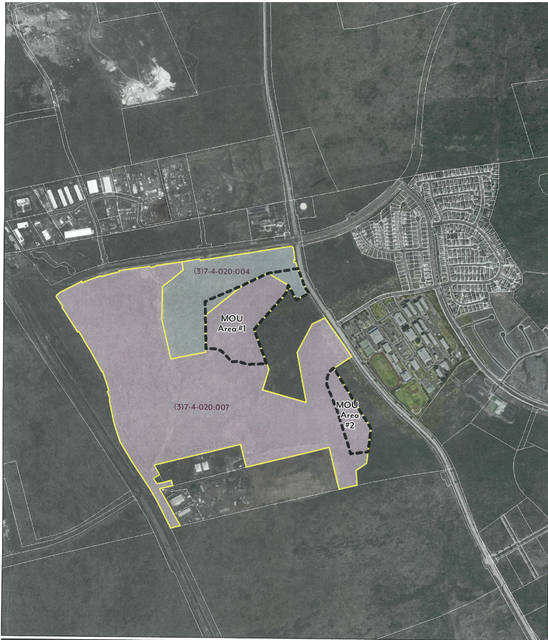KAILUA-KONA — A large-scale emergency homeless site in West Hawaii may be operational inside of four months, as Hawaii County has made the preliminary development of Village 9 off Kealakehe Parkway in Kona a high priority for the upcoming year.
County officials and service providers convened Friday at the West Hawaii Civic Center to discuss the first concrete steps toward the development of Village 9 and the state’s accompanying affordable housing project on the same land parcel, all of which will be situated immediately adjacent to the long awaited Kealakehe Regional Park.
PBR Hawaii and Associates, Inc. is conducting the master planning and environmental assessment for all three projects. Several elements of the master planning need to be completed before the EA can commence.
However, PBR Hawaii’s current schedule has the EA slotted for completion by the middle of December. How quickly the state’s affordable housing component can move forward after that depends on several issues, including the availability of water and sewer services as well as other factors.
As for the Village 9 component, the full build out won’t be undertaken until the EA is complete. Roy Takemoto, executive assistant to Mayor Harry Kim, said the county plans to use the joint EA as a way to engage the community for feedback on the homeless component of the development. He added the county won’t “force” the permanent homeless site “down the community’s throat.”
But because of Gov. David Ige’s recent emergency proclamation on homelessness, a roughly 5-acre portion of a 15-acre parcel Village 9 will encompass can be developed before an EA is completed. Takemoto said the county plans to take full advantage of that leverage to move forward.
It’s too early in the design process to determine the capacity of the emergency area, but HOPE Services CEO Brandee Menino said there are currently 113 homeless singles on Hawaii Island in the Homeless Management Information System who have expressed interest in housing. More than 500 singles in the system have not gotten that far.
There are also 24 families in the county’s database interested in housing, though only two live in Kona. She said at any one time there are roughly 130 homeless in the county ready for housing, though housing availability is consistently and significantly short to accommodate those needs.
A services component, including mental health and drug abuse counseling, are necessary for any project funded through the state’s new Ohana Zone program, which county officials expect will pay for the full build out of Village 9 and provide operational funding for up to three years.
If physical infrastructure can’t be developed in time to accompany the opening of the emergency housing component, service provider Community Alliance Partners will make site visits until permanent construction is complete.
As for Kealakehe Regional Park, county funds are paying for its master planning and EA. Maurice Messina, deputy director of the county Department of Parks and Recreation, said once completed, it may be accurately described as the island’s “crown jewel.”
Some at the meeting Friday, however, questioned the wisdom of placing such a resource immediately adjacent to a large-scale, permanent homeless camp and how the department can make sure it doesn’t become a newer version of Old Airport Park — an area across which homeless have caused disarray for several years.
Messina conceded that would be a challenge but that Parks plans to implement security. He said a pilot project at Lincoln Park in Hilo has rendered positive results, as did the security component at Old Airport Park before the county could no longer afford to fund it.
The department currently budgets $400,000 annually for security, but that number is for the entire island. Prioritizing location security and finding the funds to keep a handle on homeless impact at Kealakehe Regional Park, as well as others across the island, will be an ongoing challenge to which the answers aren’t immediately obvious.
Messina said park caretakers are now trained in how to deal with homeless and spend 80 percent of their time dealing with those issues.
West Hawaii Today will present a separate article on those discussions Tuesday.
Read the news article direct through the Hawaii Tribune-Herald here.

